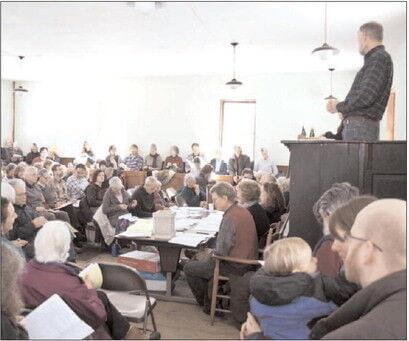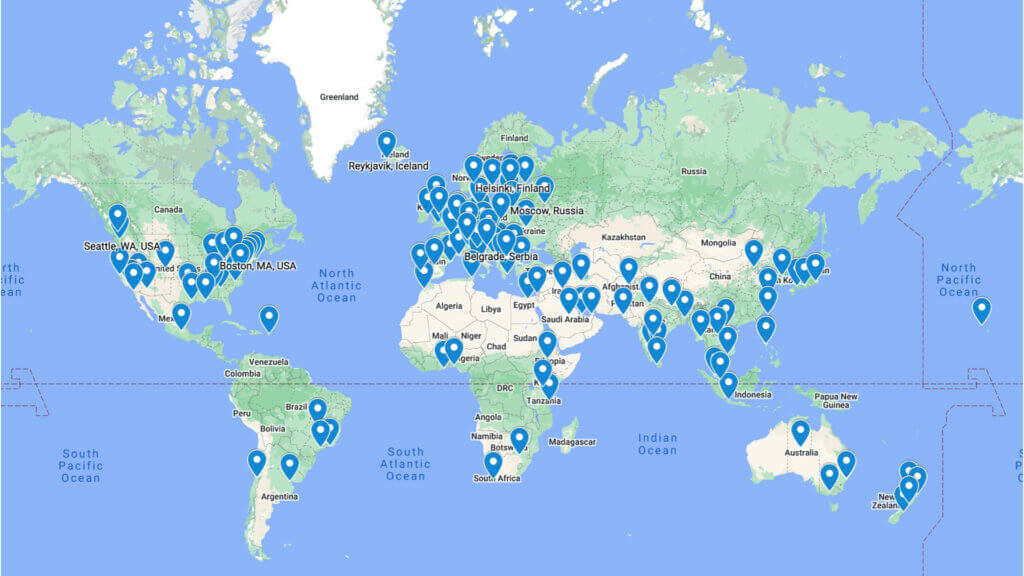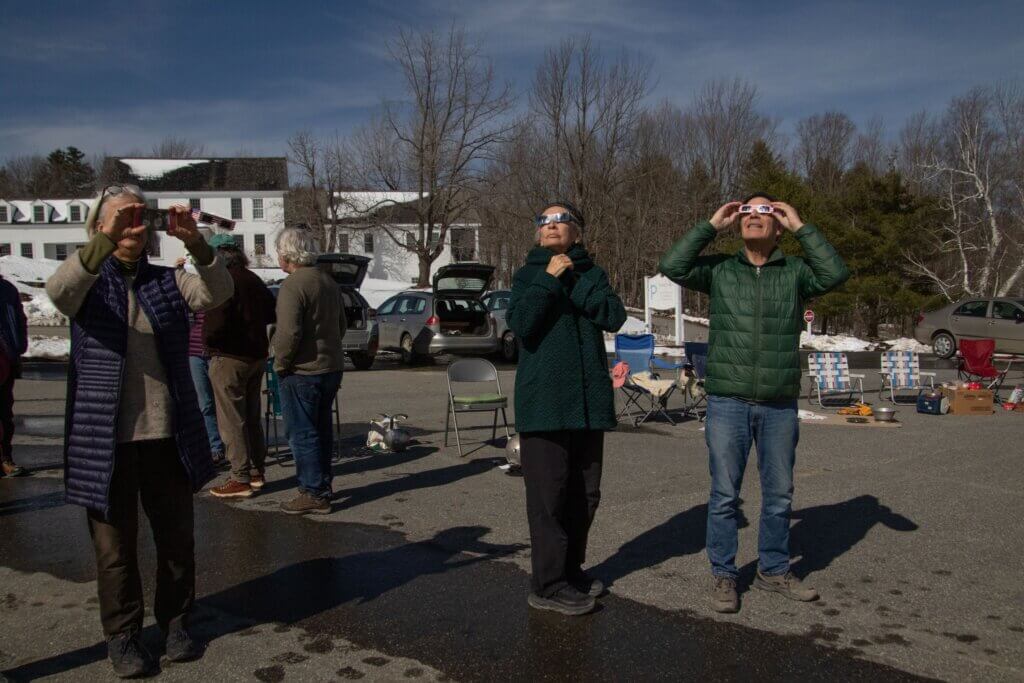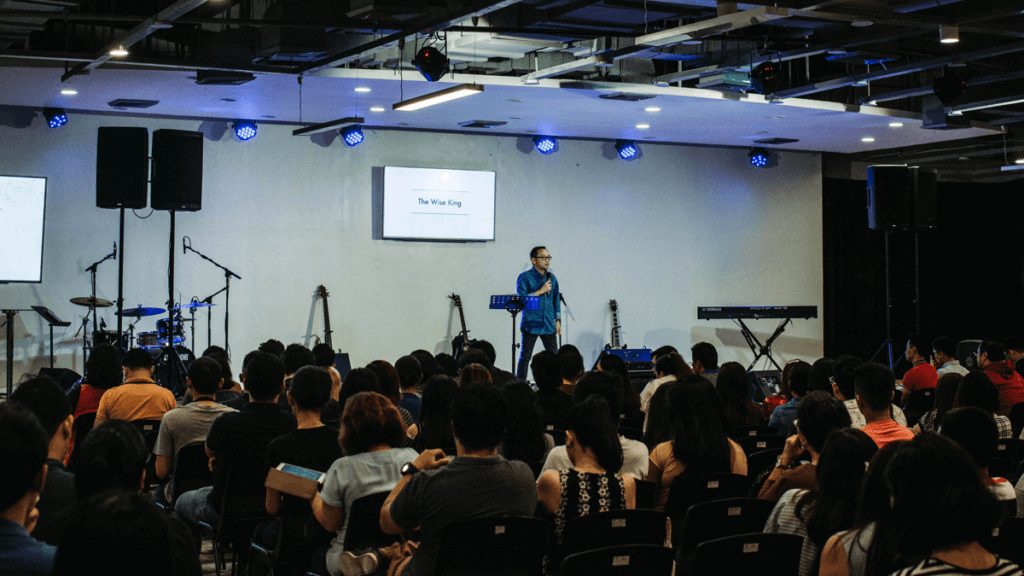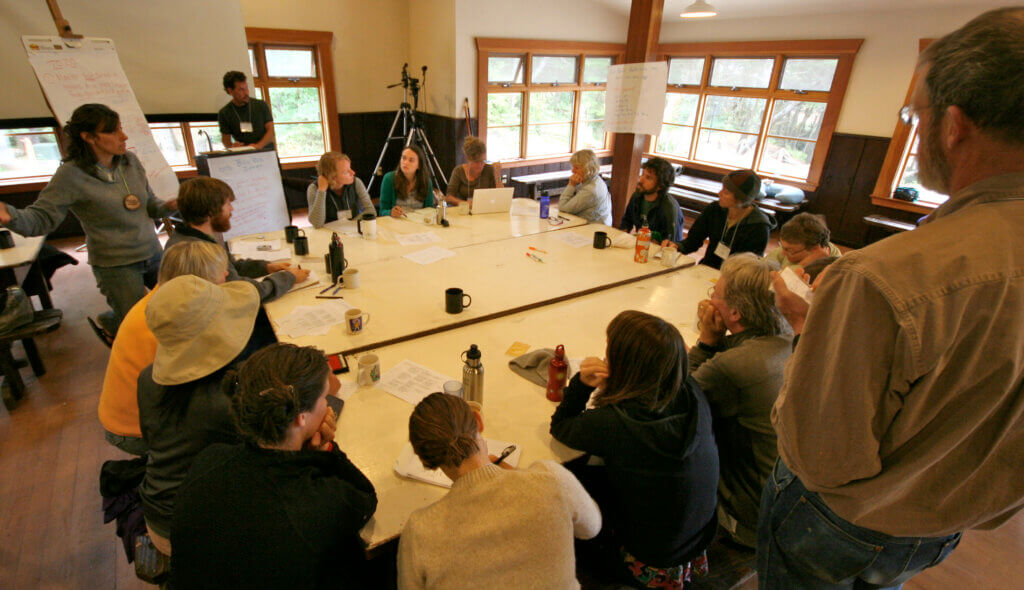New Findings: Elevated CO2 Levels Pose a Double Threat of Viral Contagion

As a summary of the research by Statnews puts it:
“The more CO2 there is, the more virus-friendly the air becomes.”
—Megan Molteni, A new discovery about carbon dioxide is challenging decades-old ventilation doctrine
Let’s put these findings in the context of real-world measurements of CO2 in common situations faced by people attending and staffing in-person events.
What CO2 concentrations do conference attendees and staff experience?
Typical outdoor CO2 levels are 300 – 400 parts per million (ppm). In May 2022, I measured air quality readings during a trip to facilitate a conference in Puerto Rico. During that trip, I saw in-flight airplane CO2 concentrations of over 1,000 ppm. During embarking and deplaning I saw peaks of over 2,000 ppm. Ground transportation readings in taxis and coaches were well above 1,000 ppm. The conference center, with high ceilings and lightly occupied, had 500 – 600 ppm readings.
I’ve seen similar readings during numerous subsequent trips.
The prior consensus was that CO2 readings above ~1,000 ppm imply significant exposure to potentially infectious air. From an events perspective, before these latest findings, we classified environments of concern as follows:
Dangerously high CO2 exposures:
- Ground transportation—private cars, taxis, coaches, etc., unless windows are open or fresh outdoor air ventilation is available.
- Airplanes during embarking and deplaning.
High CO2 exposures:
- Airplane flights.
- Crowded conference rooms and common areas with poor ventilation.
- Hotel rooms with poor ventilation or air flow from nearby rooms.
- Indoor restaurants without excellent ventilation.
The double whammy of high CO2 in the air we breathe
We now know that high CO2 levels not only indicate that the air we breathe is more contaminated by other peoples’ exhalations, but also that high concentrations of CO₂ also help infectious viruses stay alive longer in the air.
Here are some key specific findings from the Nature paper:
“In poorly ventilated, occupied, indoor spaces, ambient [CO2(g)] commonly reaches concentrations exceeding 2000 ppm and can reach levels upwards of >5000 ppm in more crowded environments.”
“…a significant increase in SARS-CoV-2 aerostability results from a moderate increase in the atmospheric carbon dioxide concentration (e.g. 800 ppm)”
“After 40 min, approximately an order of magnitude more viral infectious particles remain viable in the aerosol phase at elevated [CO2(g)] when compared to the loss expected under ambient (well-ventilated) conditions. This increase in the relative abundance of infectious particles is likely to result in increased risk of transmission of the infection.”
—Ambient carbon dioxide concentration correlates with SARS-CoV-2 aerostability and infection risk, Allen Haddrell, Henry Oswin, Mara Otero-Fernandez, Joshua F. Robinson, Tristan Cogan, Robert Alexander, Jamie F. S. Mann, Darryl Hill, Adam Finn, Andrew D. Davidson & Jonathan P. Reid, Nature Communications volume 15, Article number: 3487 (2024)
Significantly, the Nature researchers found that CO2 levels of as little as 800 ppm allow the SARS-CoV-2 virus to remain ten times more viable after forty minutes than regular CO2 levels. This happens within 2 minutes of exposure to 800 ppm of CO2.
“When compared to a typical atmospheric [CO2(g)] (~500 ppm), increasing the [CO2(g)] to just 800 ppm results in a significant increase in viral aerostability after 2 min … No significant difference in infectivity is observed between 800 ppm and 6500 ppm. It is notable that, according to the UK Scientific Advisory Group for Emergencies (SAGE), 800 ppm [CO2(g)] has been identified as the level below which a room is determined to be well-ventilated.”
Based on these and other findings, in March 2024, fifty scientists published in Science a call for mandating indoor air quality for public buildings, with a suggested limit of 800 ppm (or 350 ppm over outdoor levels).
As the Statnews report concludes:
“With the recent spread of H5N1 bird flu into many mammal species, including dairy cattle and farmworkers who care for them, and the continuing rise in atmospheric CO2 levels, understanding the complex interplay between viruses, human bodies, and the environments where they eat, sleep, and breathe, is only growing more urgent.”
What is now clear is that meeting environments previously seen as somewhat risky for viral contagion are much more dangerous than was previously thought.

 Recently, I’ve been practicing what
Recently, I’ve been practicing what 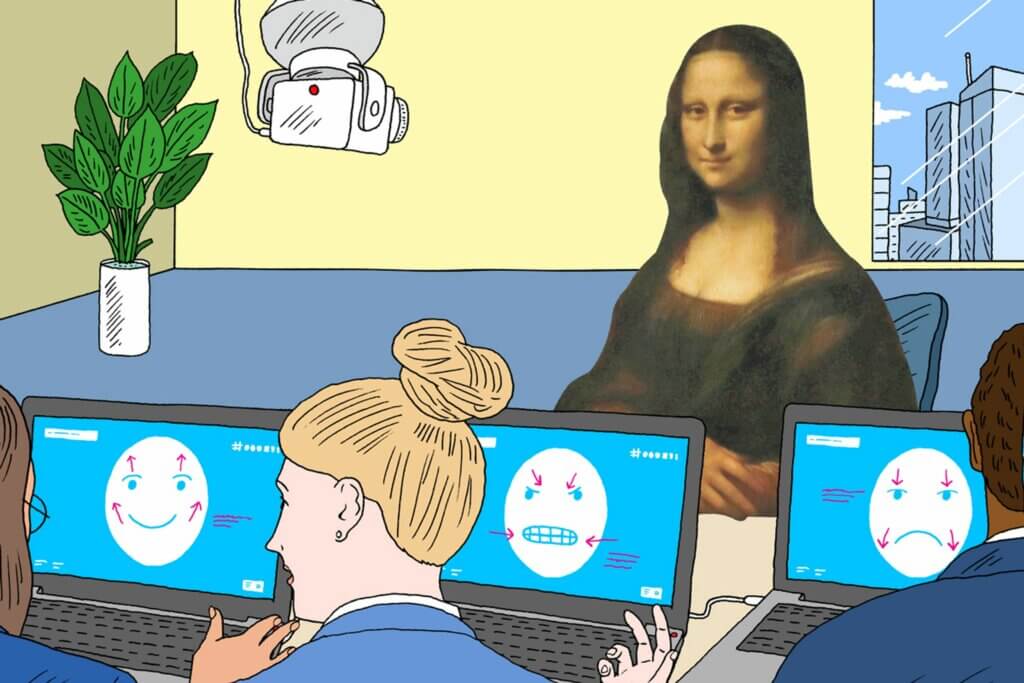 In early 2024, I wrote two long, detailed posts (
In early 2024, I wrote two long, detailed posts (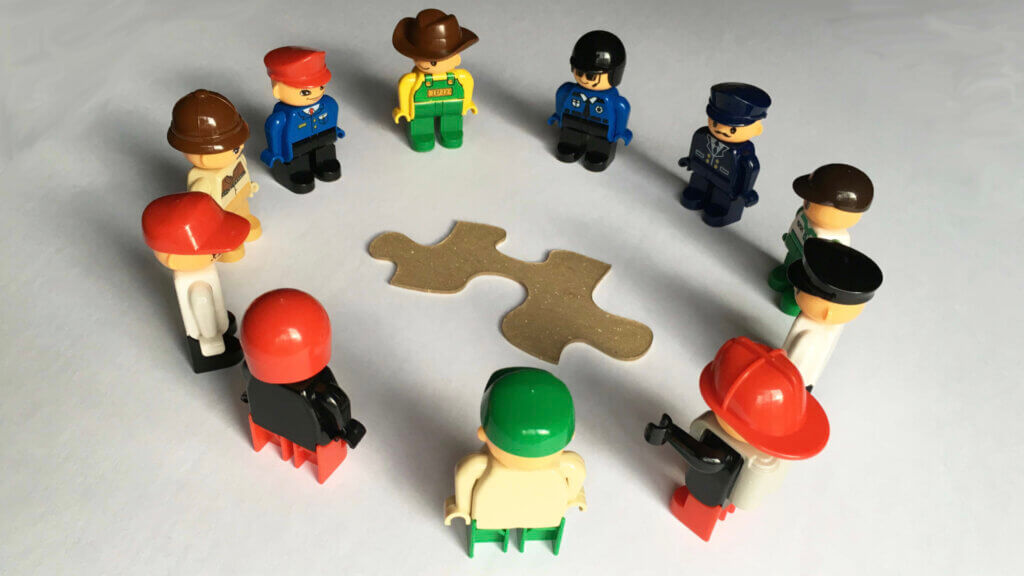 The other day,
The other day, 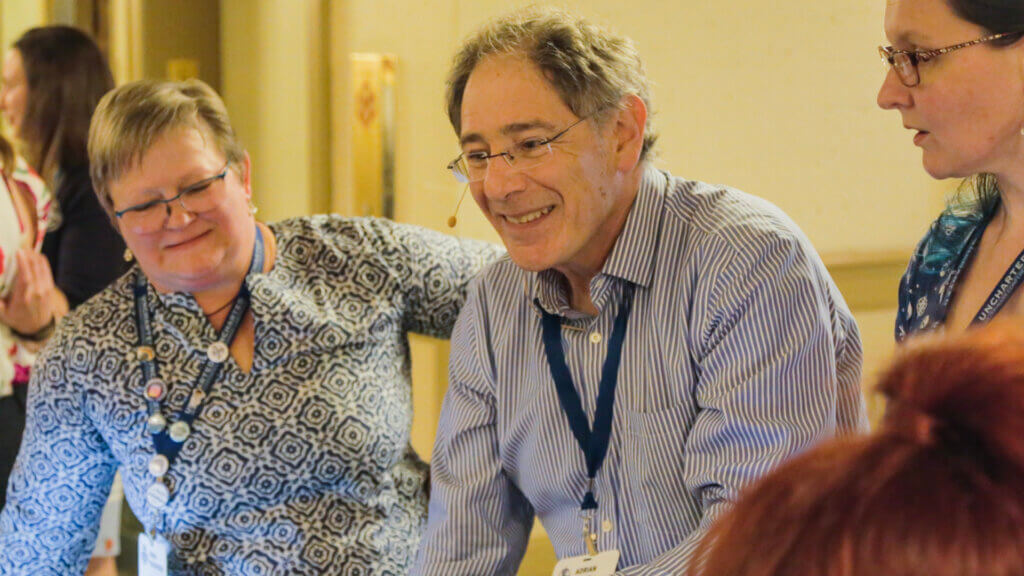 I got my first paid consulting job in 1983, solving IT problems for a lumber yard. I’ve been a consultant ever since. I’m so grateful to the hundreds of clients I’ve served over the last 40+ years.
I got my first paid consulting job in 1983, solving IT problems for a lumber yard. I’ve been a consultant ever since. I’m so grateful to the hundreds of clients I’ve served over the last 40+ years.
